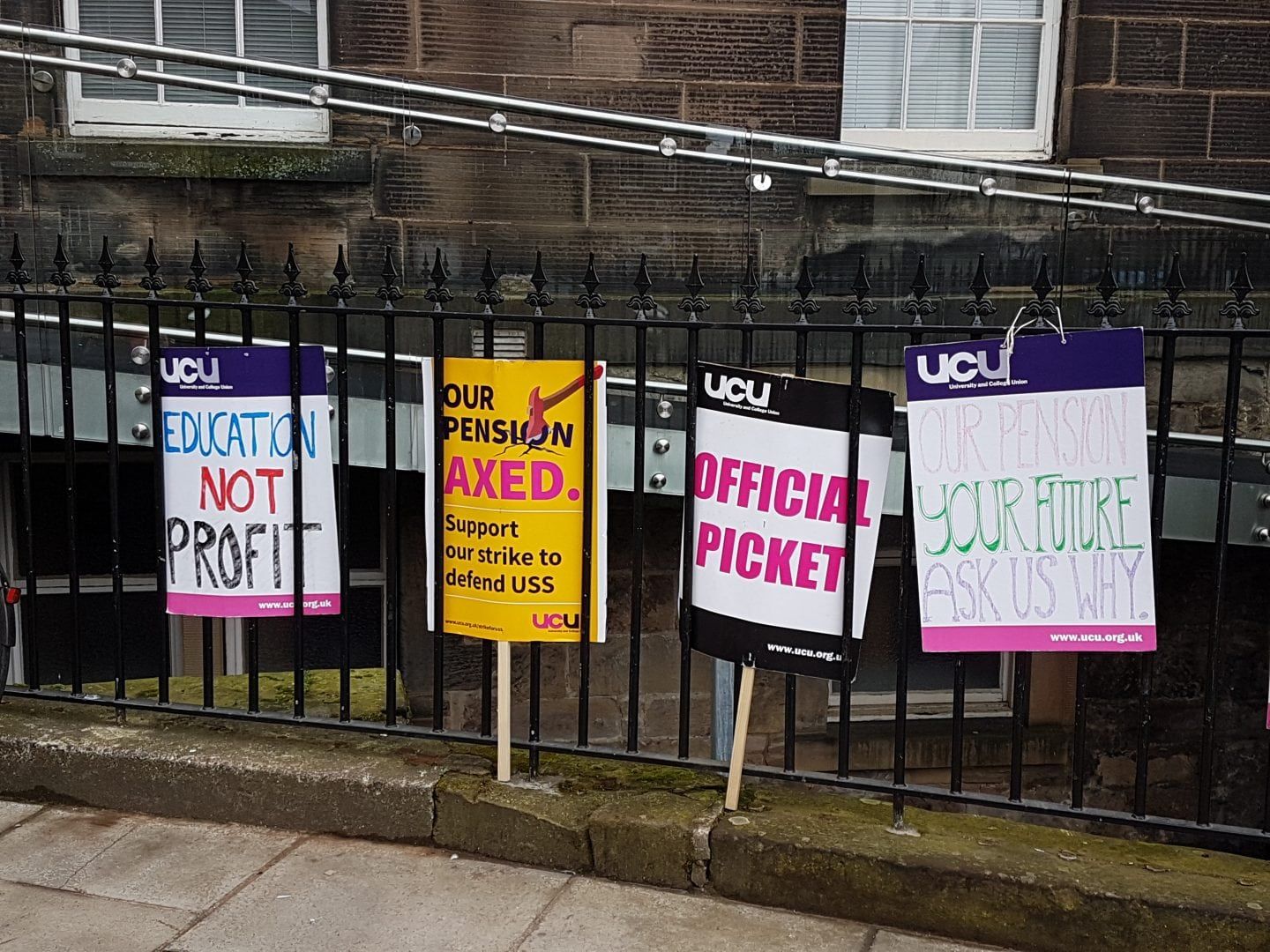Record Store Day: With the ever-looming climate crisis, how sustainable is the vinyl revival?
Record Store Day is an event that quite rightfully celebrates independent record stores like Manchester’s Piccadilly Records which has been open since 1978. With special releases by artists from Lizzo to Jimi Hendrix, it’s an exciting day for any vinyl enthusiast, whatever their music taste may be.
Record sales have increased exponentially over the last decade or two with a wide range of people collecting for a variety of reasons. Some are reliving their childhood and buying back records they sold during vinyl’s decline. Some get a deeper appreciation for the music from the extra effort vinyl requires compared to digital music. Some simply see vinyl as another piece of merchandise for an artist and display them rather than playing them. This is just one example of the wasteful attitude that some people have towards vinyl. The Guardian quoted figures from ICM saying that 7% of collectors don’t own a turntable, 41% have a turntable they don’t use and almost 50% haven’t listened to an album a month after buying it. These behaviours are in part why vinyl is environmentally damaging.
From the record itself to its shipment, there are many issues with the way that records are produced. Records are made of polyvinyl chloride (PVC), which is a synthetic plastic polymer. PVC is made of refined oil which comes from fossil fuels and although PVC can be recycled, records can’t, and they can take up to 1,000 years to break down in landfill. However, used records can and should be resold whenever possible to reduce the amount going to landfill. PVC is mixed with either black carbon for traditional black vinyl or with dyes for coloured vinyl. Black carbon contributes to global warming and has been suggested as a significant contributor to Arctic ice melting. PVC is also pressed to make the grooves in the record that produce the music. Traditional pressers are steam-powered which requires fossil fuels to produce the steam and anti-corrosives in the water to prevent rusting. These are both environmentally damaging by contributing to greenhouse gas emissions and producing wastewater respectively.
Then there’s the packaging. The sleeve requires cutting down trees which are helping to reduce greenhouse gases in the atmosphere by trapping molecules such as CO2. Solvent-based inks are used for the cover art on the sleeve and the liner notes and can produce ozone, a harmful chemical that can damage the lungs and airways and acts as a greenhouse gas. The records are then wrapped in plastic shrink wrap which again takes years and years to break down in landfills. Then the records are distributed which releases even more CO2 by using ships and trucks that are fuelled by yet more fossil fuels.
There is some hope in all the gloom though. There are biodegradable alternatives to plastic shrink wrap which reduces the amount of plastic dumped into the environment, as well as the time it spends in landfill. Ideally, no wrapping would be used at all but there are some areas in Europe where it will be added further down the production line. Some companies such as TC Transcontinental use recycled or sustainable card for the sleeves but unfortunately, there are no regulations to ensure that all manufacturers do this. Other companies such as Viryl Technologies are producing electric pressers to use instead of steam pressers. These are far more sustainable, can be fitted onto old machines to reduce waste and can be powered by renewable energy sources such as solar or wind power. The steamless pressers have a slightly longer runtime but this a minor compromise for its environmental benefit.
Manufacturers, distributors, artists, and consumers all have a responsibility to make records more sustainable. Manufacturers can opt for sustainable machinery and production methods, distributors can use transport that runs on renewable/sustainable energy sources like biofuel or electricity, artists can promote and produce eco-friendly vinyl that consumers can then choose to buy eco-friendly vinyl. Although, this may not always be possible as eco-friendly solutions tend not to be cheap and this is a bigger problem for smaller companies and artists and those with less disposable income. Jayda G is an example of an artist trying to produce sustainable vinyl. She is a producer and environmental toxicologist and released her album Significant Changes in March this year. The packaging for the vinyl of this album was carbon neutral. The emissions caused by the production of the vinyl were counteracted by providing clean water in India which prevented open fires being used to purify water.
Sadly, almost every aspect of the production and distribution of records is environmentally unfriendly but hopefully, as time goes on there will be more and more sustainable and affordable solutions.



















